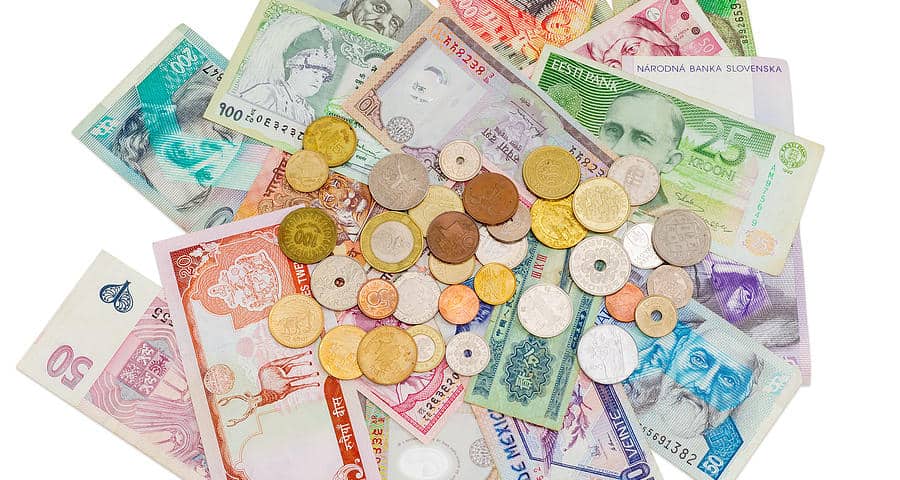But what gives money its value?
There are two main types of money, commodity money and fiat money, each deriving their value from two totally different sources.
Commodity Money
Commodity money is any money that gains its value primarily from the substance that the money is made from, such as gold and silver in coins.
Most forms of money throughout human history have been commodity money.
While generally commodity money is not affected by inflation as its prices will rise and fall with other commodities, its prices can still be affected. If, for example, someone discovers a large source of the material that the commodity money is made from then it becomes less scarce and its value will go down.
While the value can not be easily manipulated, as people are greedy and innovative they might start to look at ways to manipulate it and try to get more value out of it. For example, a gold coin might have the edges scrapped off.
This would mean you could end up with a pile of gold shavings and try to use the coin for the same value even though it would be less weight.
It could also be manipulated if we take that gold coin and infuse other cheaper metals being infused with the coin so that you have more coins now but not pure metal so that you could try to get more money for the value of the metal you had.
If the value comes from a perishable item, like wheat or barley, then the value will eventually go to zero as it will eventually perish.
This is why precious metals are often used as they will stay in good shape for a long time and retain their value.
Fiat Money
Fiat money is a national currency that is not backed by a physical commodity, such as gold or silver, but based on the public’s faith in the currency’s issuer, which is normally that country’s government or central bank.
Most modern paper currencies are fiat currencies, including the U.S. dollar, the euro, and other major global currencies.
Having a currency that is not tied to commodities, gives the government more control over the currency and gives them flexibility in dealing with different economic challenges.
If they need to stimulate the economy, they can just print more money. The challenge with this is that printing too much money leads to inflation, and if they overdo it it can lead to hyperinflation and totally devalue their currency, for example what happened in Zimbabwe.
Since the value is tied to the government, if the government starts to have problems or starts to act in ways that are self-serving, then the value of the currency can fall drastically.
This is why people can favor commodity based currency because you are not tied to the bad behavior of a government.
